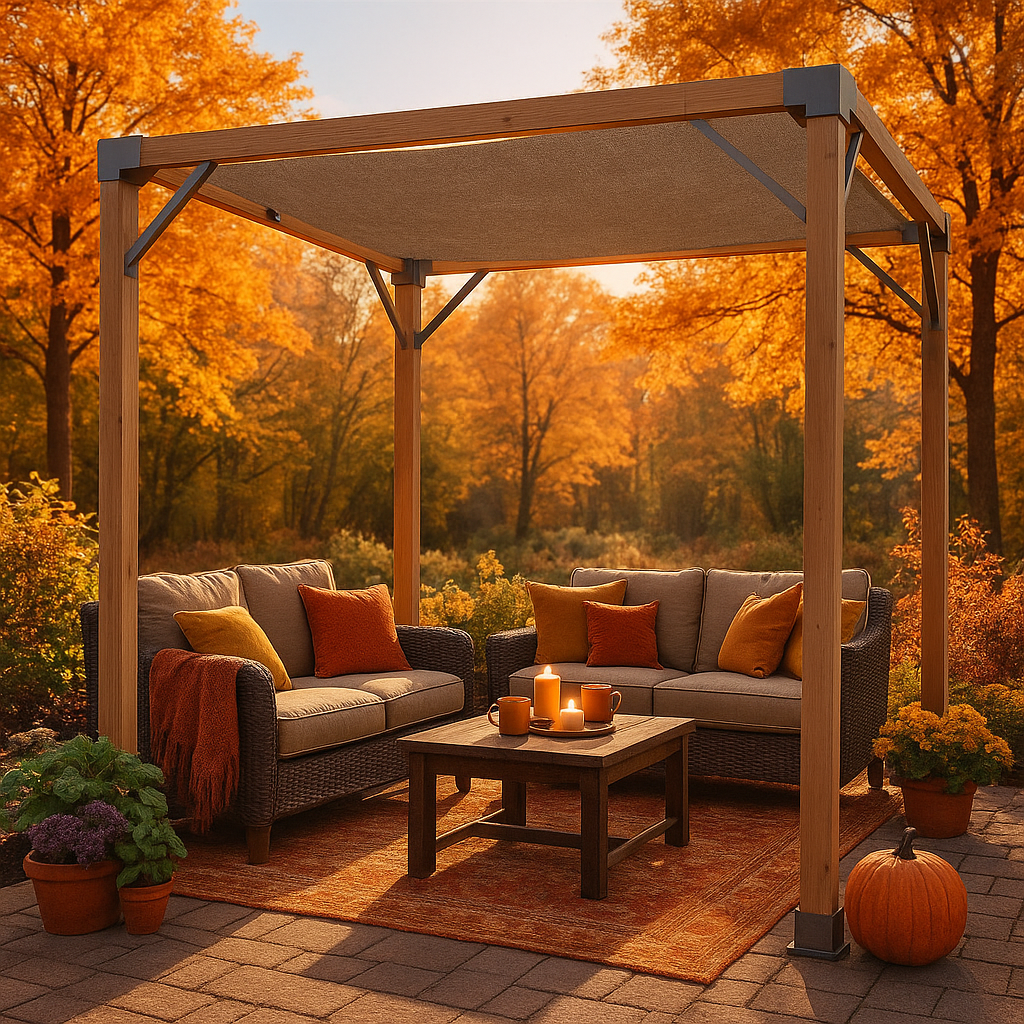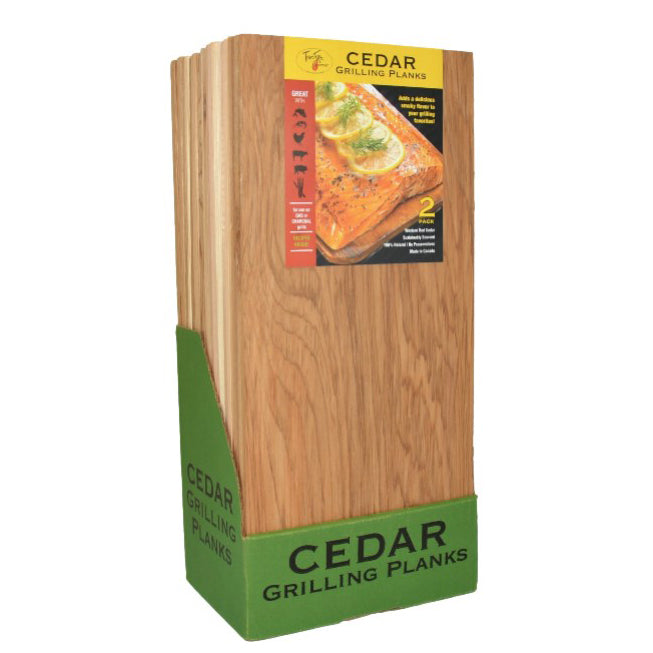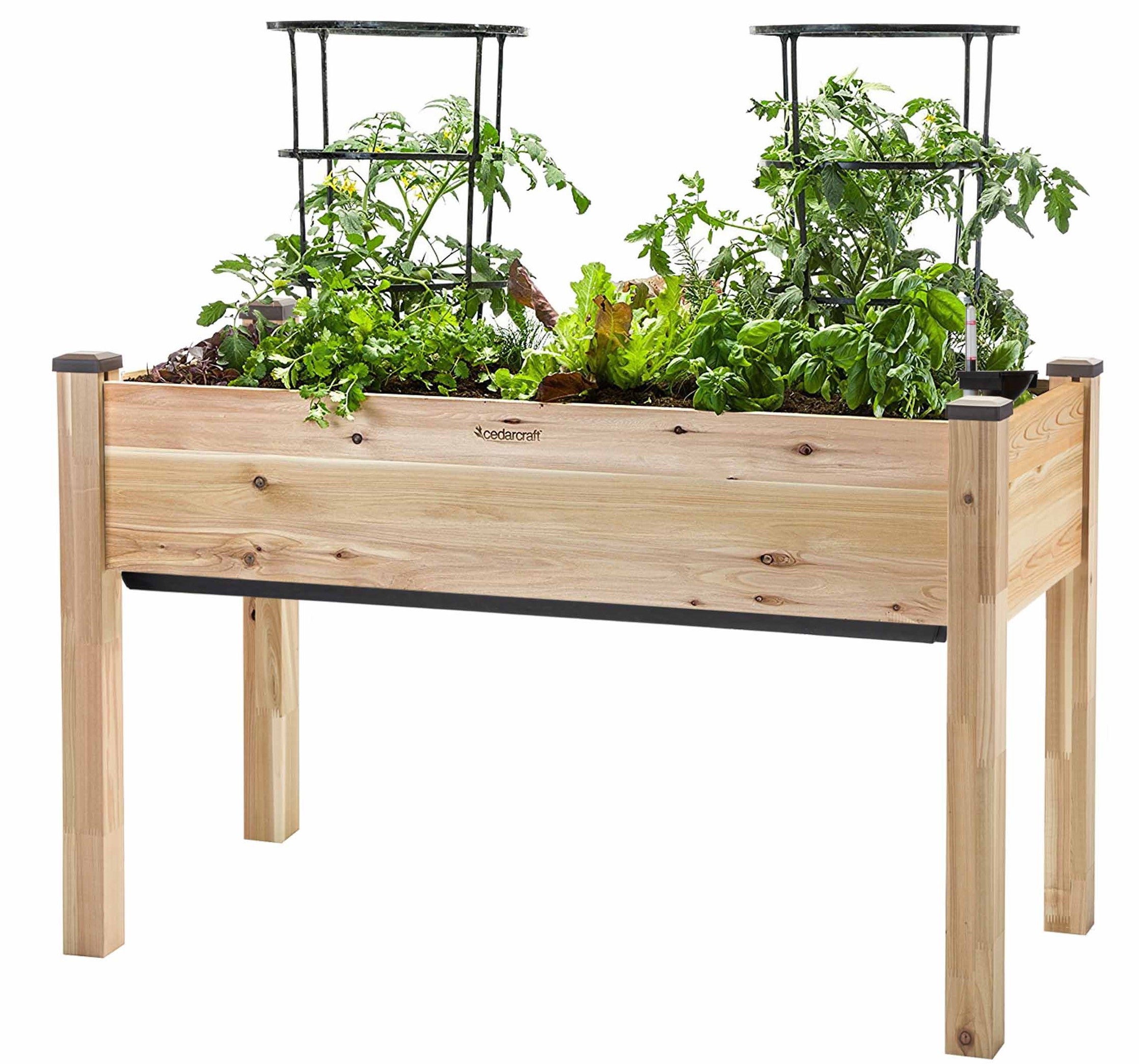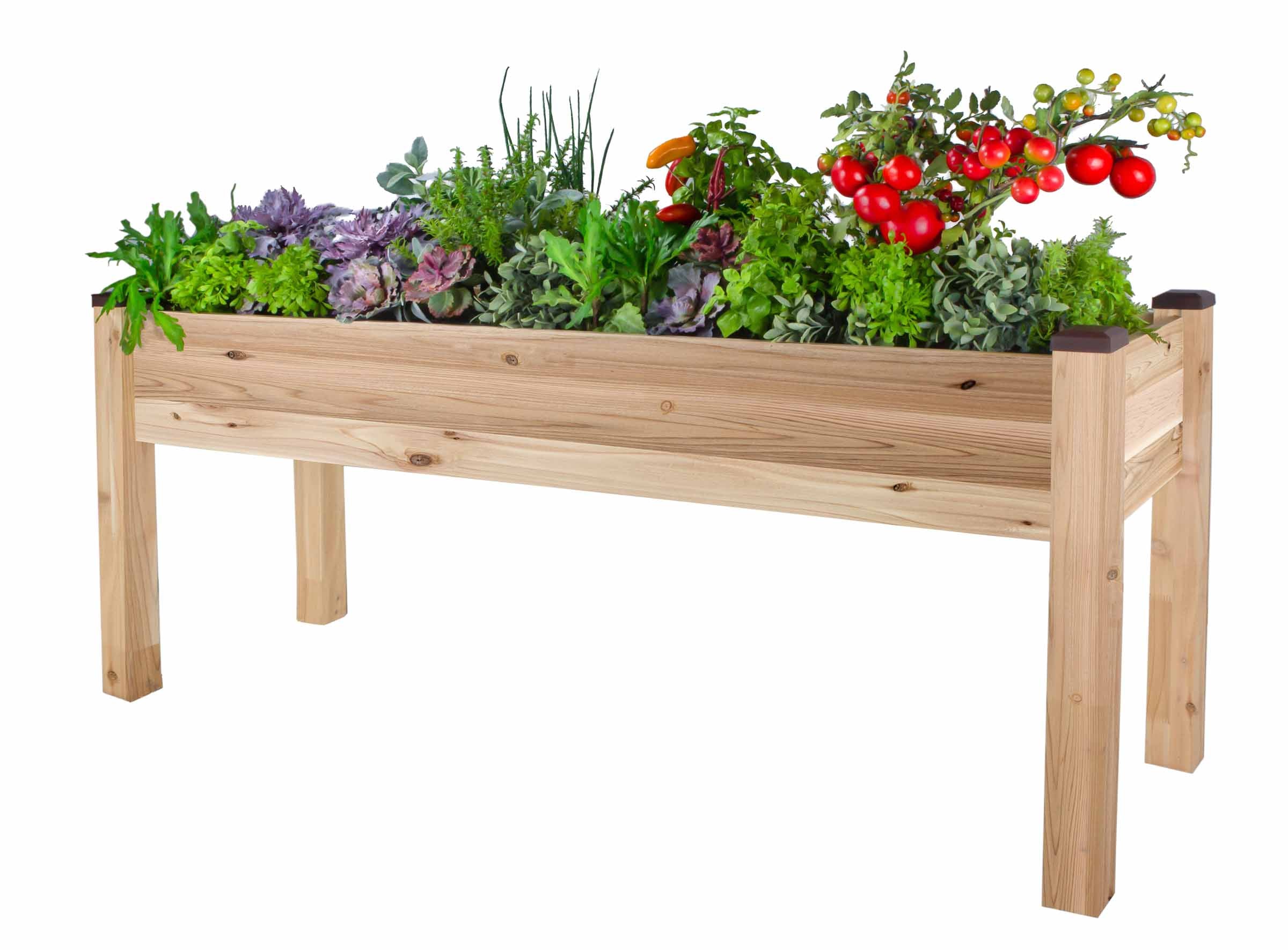
Seed catalogs in hand, raised garden bed space mapped out – you’re ready to get started on your 2015 garden! But, we’re still in the middle of February. It’s the tail end of winter and in some states across the US, a deep layer of snow has settled over backyards and patios. Gardeners everywhere are anxiously awaiting the warm sun on their skin, the soft grass under their feet, and the spring air to fill their lungs.
While we’re waiting for gardening season to really start, there are a few things you can do during the winter to start your garden with the perfect sprouts. Here’s our winter gardening checklist to help you grow your best garden yet!
Tip 1: Plant Cool-Season Plants Now For A Delicious Spring Bounty
Spinach
This super-cold-hardy vegetable is a tender crop that can be planted in very early spring as well as winter. Spring plantings can be made as soon as the soil can be properly worked. It's important to seed as soon as you can to give spinach the required 6 weeks of cool weather from seeding to harvest.
Peas
Sow seeds outdoors 4 to 6 weeks before last spring frost, when soil temperatures reach 45 degrees F. Be sure to add a tomato cage so the pea plants will have something to climb.
Carrots
Carrots get sweeter as the temperature cools. Plan to plant seeds outdoors 3 to 5 weeks before the last spring frost date.
Tip 2: Use Raised Beds To Reduce The Risk Of Stepping On And Compacting Soil
When your soil is compacted, your plants can’t grow well. Compaction is what will decrease the amount of air by the roots, inhibiting growth by making it more difficult for the sprouts to break through the surface of the soil. Raised garden beds make it easier to work around the plants without stepping on the soil, keeping it nice and airy!
Tip 3: Wrap Growing Plants In Horticultural Fleece Before Frost Sets In
Horticultural fleece provides a simple way to give plants some minimal winter protection. Fleece can laid over soil and pegged down, or wrapped around a plant and tied in place with string around the stem. The ease of applying and removing the fleece makes this a good temporary protection solution.
Tip 4: Insulate Planters To Avoid Continuous Freezing and Thawing
Container soil in raised garden beds will rarely freeze and is easy to maintain over the winter by covering your raised garden bed with leaf mulch or a tarp. Because the soil maintains warmth, it's less work for you and it extends your growing season!
If you do find cold soil to be any problem, you can place rocks in your garden to help distribute heat from the sun.
With container gardens, frost can easily penetrate the sides of planters and kill roots. You can wrap the entire exterior of your planter in hessian or bubble-wrap to insulate the soil and roots of your vegetables. Keep the top of the planter free so you can continue to water your plants.

If you’re as excited about the kick-off to gardening season as we are, you can enter our Facebook giveaway for your chance to win your choice of Cedarcraft planters! Five winners will be chosen on March 15th. Click here to enter!









